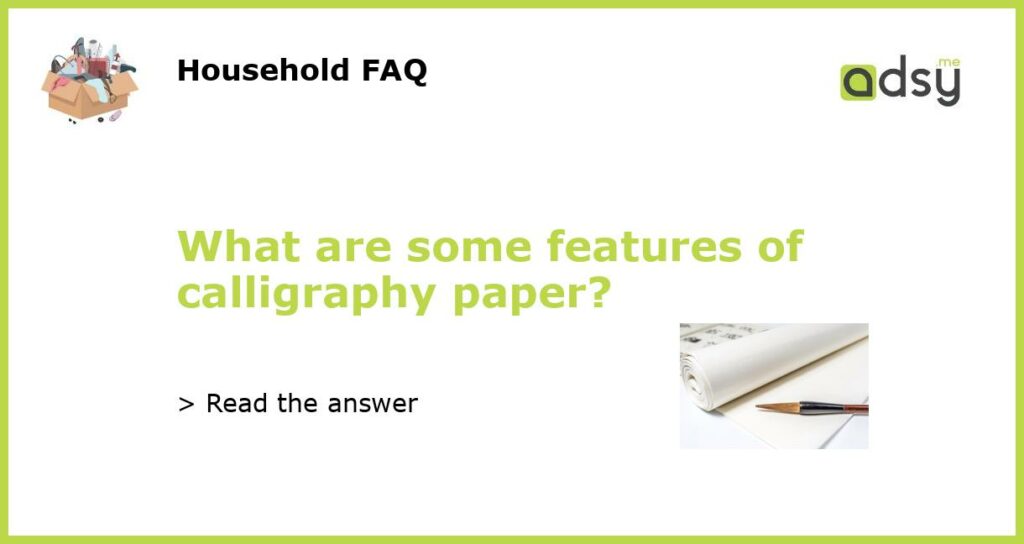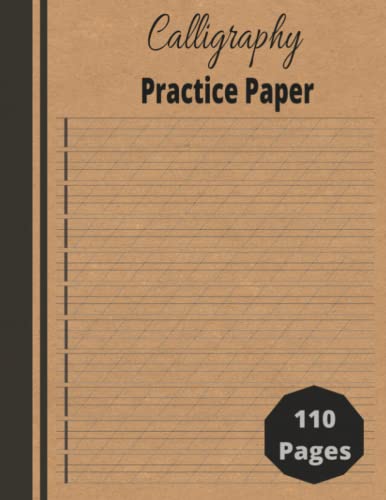Understanding the Basics of Calligraphy Paper
Calligraphy is an ancient art that has been around for many centuries. It involves the use of a special type of paper, ink, and writing tools to create beautiful and intricate designs. Calligraphy paper is an essential element of this art and comes in many different varieties. In this article, we will explore some of the key features of calligraphy paper and how they can impact your work.
The Importance of Choosing the Right Calligraphy Paper
When it comes to calligraphy, the paper you choose can make all the difference. There are several factors to consider when selecting the right paper for your project, including thickness, texture, absorbency, and color. Let’s take a closer look at these features and how they can impact your work.
Thickness
The thickness of calligraphy paper can impact the quality of your work. Thicker paper tends to be more durable and allows the ink to dry more slowly, which can improve the overall appearance of your writing. However, it can be more expensive and may not work as well with certain types of ink or writing tools.
Texture
The texture of calligraphy paper can also impact the look and feel of your writing. Some papers are smooth and provide a sleek and polished finish, while others have a rougher texture that can add depth and dimension to your work. It’s important to experiment with different textures to see what works best for your style and technique.
Absorbency
The absorbency of calligraphy paper refers to how quickly the paper absorbs ink. Papers with high absorbency can cause ink to bleed and smudge, while papers with low absorbency can make it difficult for the ink to dry. Finding a balance between absorbency and drying time is crucial for achieving crisp, clean lines.
Color
Finally, the color of calligraphy paper can also impact the overall aesthetic of your work. White is the most common and versatile color, but there are also many other shades and tones to choose from. Some artists prefer colored papers to add a unique touch to their work, while others stick to neutral shades to draw attention to the writing itself.
Overall, choosing the right calligraphy paper is a crucial part of creating beautiful and successful calligraphy pieces. By understanding these key features, you can select the perfect paper for your style and technique and create work that is truly unique and stunning.






